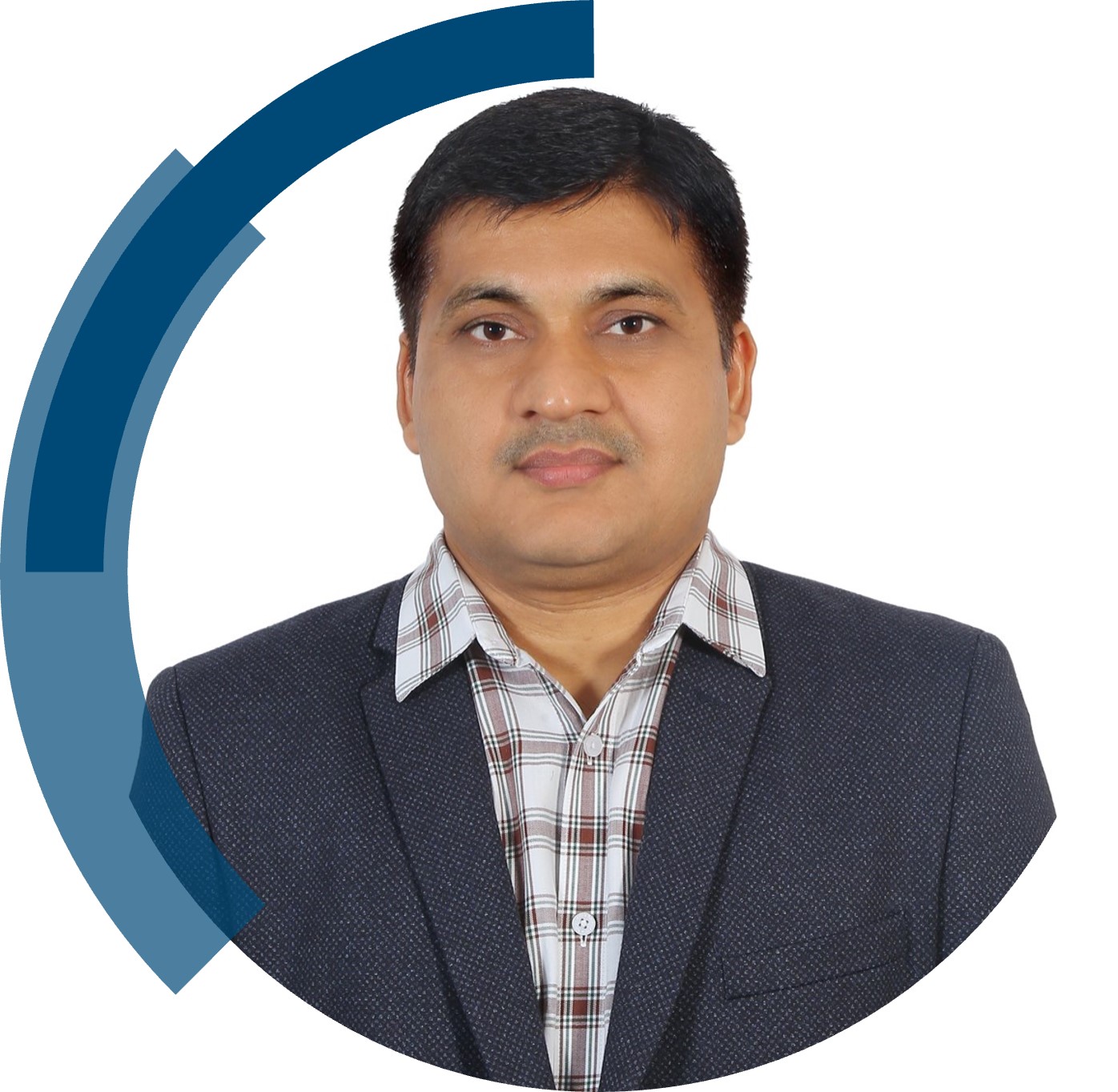We are excited to share the success of Ashok Kumar Pandey’s first-time independent article in ChemComm; “Ru(II)/Ru(IV)-catalyzed C(sp2)–H allylation with alkene difunctionalization to access isochroman-1-imines” included in the full milestones collection.
Read our interview with Ashok below.
What are the main areas of research in your lab and what motivated you to take this direction?
Our research team is working in the “Transition Metal Catalysis in Organic Synthesis” research area and developing new methodologies to access biologically relevant organic molecules in both racemic and enantioselective forms.
We are designing new approaches for the efficient synthesis of natural products and Active Pharmaceutical Ingredients (API) using ruthenium and nickel catalysts. We are currently focusing on C-H functionalization and cross-coupling strategies to construct diversified organic scaffolds using these metal catalysts. The current pharmaceutical industry’s demand for affordable and sustainable synthetic methods to access APIs and bioactive molecules has motivated us to work on transition metal catalysis.
Can you set this article in a wider context?
In this article, it has been discovered the first time that the Ru(IV)allyl complex formed from [Ru(p-cymene)Cl2]2 and MBH acetate, and transferred its allyl group to the ruthanacycle via a redox process. This new mechanistic finding of Ru(IV)allyl complex in the C-H allylation reaction has greatly enriched the ruthenium catalysis in organic synthesis and the Ru(IV)allyl complex may serve as a new allylating reagent in synthetic chemistry. Additionally, the C-H allylated products have been telescoped into medicinally important isochroman-1-imine in a single operation. The synthesis of a natural product Cytogenin (antibiotic) and its analogues can be accomplished using this isochroman-1-imine in a concise pathway.
What do you hope your lab can achieve in the coming year?
It has been mentioned in our manuscript that this methodology can provide a short and sustainable synthetic route to design isochrominone-based natural products and bioactive molecules. As a result, it can be possible to synthesize the antibiotic Cytogenin and its analogues in the upcoming years. In this study, we discovered a novel Ru(IV)allyl complex that was difficult to stabilize and isolate. In the coming years, we will put our efforts into stabilizing and derivatizing this Ru(IV)allyl complex so that it can be used as an allylating reagent in synthetic organic chemistry for its practical application.
Describe your journey to becoming an independent researcher.
My research career started as a postgraduate student at the University of Allahabad, Uttar Pradesh, India. During my M.Sc., I worked on the preparation of organic compounds via Aldol condensation, Cannizzaro reaction, etc., and their characterization using spectroscopic techniques. My training and skills were primarily developed while pursuing doctoral studies at the Indian Institute of Technology Ropar (IIT Ropar), India, under the supervision of Prof. Prabal Banerjee. I have worked on the development of new and convenient methodologies to access various carbocyclic and heterocyclic molecules using strained rings e.g. cyclopropane, epoxides, aziridines, etc. under Lewis acid catalysis. After that, I relocated to South Korea for my postdoctoral studies at Sungkyunkwan University (SKKU) under the guidance of Prof. In Su Kim. At SKKU, I have worked on C-H functionalization reactions using rhodium and ruthenium-based metal catalysts and their mechanistic studies. In addition, I have synthesized numerous organic molecules in a single step that are very suitable for designing of natural products and pharmaceuticals. In summary, all the aforementioned studies and research experiences have skilled and enabled me to work as an independent researcher in the area of “Sustainable Transition Metal Catalysis in Organic Synthesis”.
What is the best piece of advice you have ever been given?
“The time of failure is the best season to sow the seeds of success” advice was given by my beloved grandfather in my childhood.
Why did you choose to publish in ChemComm?
Chemical Communication Journal is one of the most renowned journals in chemical science with a broad readership and followers all over the world. Results that have been published in this journal have a good opportunity of being read and noticed by a global research community working in different research areas of chemical science. Our presented article can be helpful in exploring ruthenium chemistry in a new direction that can benefit the chemical industries. These unique features of ChemComm have motivated me to publish our work in this prestigious journal.
 |
Dr. Ashok Kumar Pandey is currently working as a scientist and assistant professor in the Fluoro-Agrochemical division, CSIR-Indian Institute of Chemical Technology Hyderabad (CSIR-IICT Hyderabad) under the umbrella of “Council of Scientific and Industrial Research (CSIR)” New Delhi, India. He worked as a postdoctoral fellow at Sungkyunkwan University (SKKU), South Korea, before joining CSIR-IICT Hyderabad. He received a Ph.D. degree in 2016 from the Department of Chemistry, Indian Institute of Technology Ropar (IIT Ropar), India. He has received several awards for research in India viz. “Junior Research Fellowship (JRF)” and “Senior Research Fellowship (SRF)” from CSIR, New Delhi, “International Travel Support (ITS)” and “National Postdoctoral Fellowship (NPDF)” from Science and Engineering Research Board (SERB), New Delhi. Recently, SERB has awarded him with a “Start-up Research Grant (SRG)” to support his independent research career at CSIR-IICT Hyderabad. His current research interest is focused on the development of new sustainable methodologies to access biologically relevant molecules using ruthenium and nickel-based transition metal catalysts and their application in the synthesis of natural products, pharmaceuticals, and agrochemicals.
Webpage: https://www.iict.res.in/People/view?id=570 Twitter: @akpandey_lab LinkedIn: https://www.linkedin.com/in/dr-ashok-pandey-79672b35/ |
Explore more ChemComm Milestones news and updates on our Twitter: @ChemCommun











